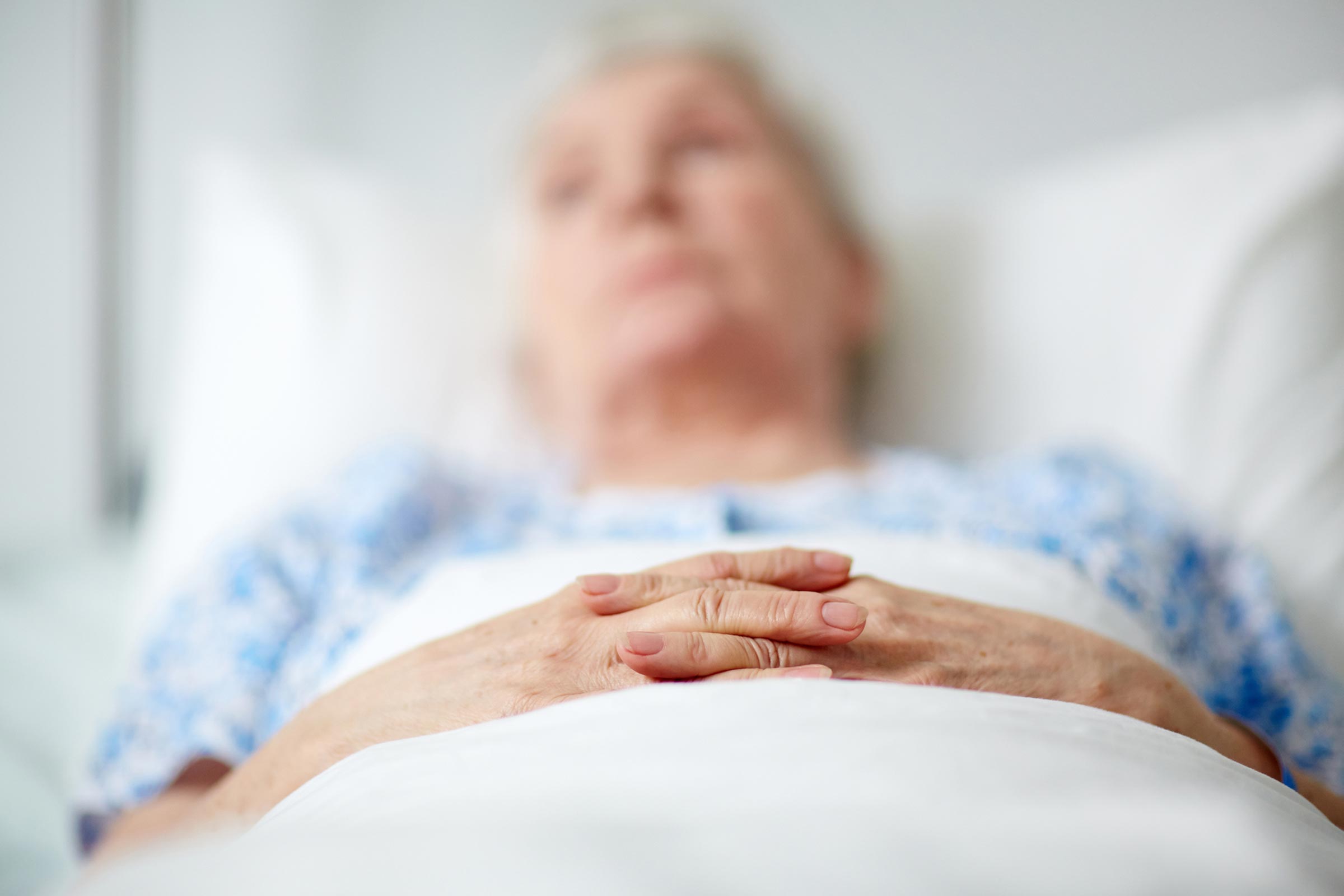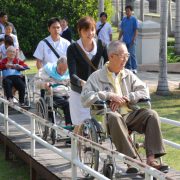Bed sores can occur when a person is bedridden, unconscious, unable to sense pain, or immobile. Bed sores are ulcers that occur on areas of the skin that are under pressure from lying in bed, sitting in a wheelchair, or wearing a cast for a prolonged period of time.
Why does a bed sore develop?
A bed sore develops when blood supply to the skin is cut off for more than two to three hours. As the skin dies, the bed sore first starts as a red, painful area, which eventually turns purple. Left untreated, the skin can break open and become infected. A bed sore can become deep, extending into the muscle. Once a bed sore develops, it is often very slow to heal.
Where on the body can you get pressure sores?
Pressure sores usually develop over bony parts of the body that don´t have much fat to pad them. Bed sores often occur in the buttocks area (on the sacrum or iliac crest), lower back, hip, or the heels of the feet.
Prevention
Bed sores can be prevented by inspecting the skin for areas of redness (the first sign of skin breakdown).
Other methods of preventing bed sores and preventing progression of existing bed sores include frequent turning and repositioning, providing soft padding in wheelchairs and beds to reduce pressure, and providing good skin care by keeping the skin clean and dry.
Treatment for bed sores
Specific treatment of a bed sore is determined by your physician and based on the severity of the condition. Treatment may be more difficult once the skin is broken, and may include the following:
– removing pressure on the affected area.
– dressing and keeping the wound and clean.
– protecting the wound with medicated gauze or other special dressings.
– transplanting healthy skin to the wound area.
– medication (i.e., antibiotics to treat infections)
– providing good nutrition to helps your body heal the sore. (enough calories, protein and other nutrients)



















